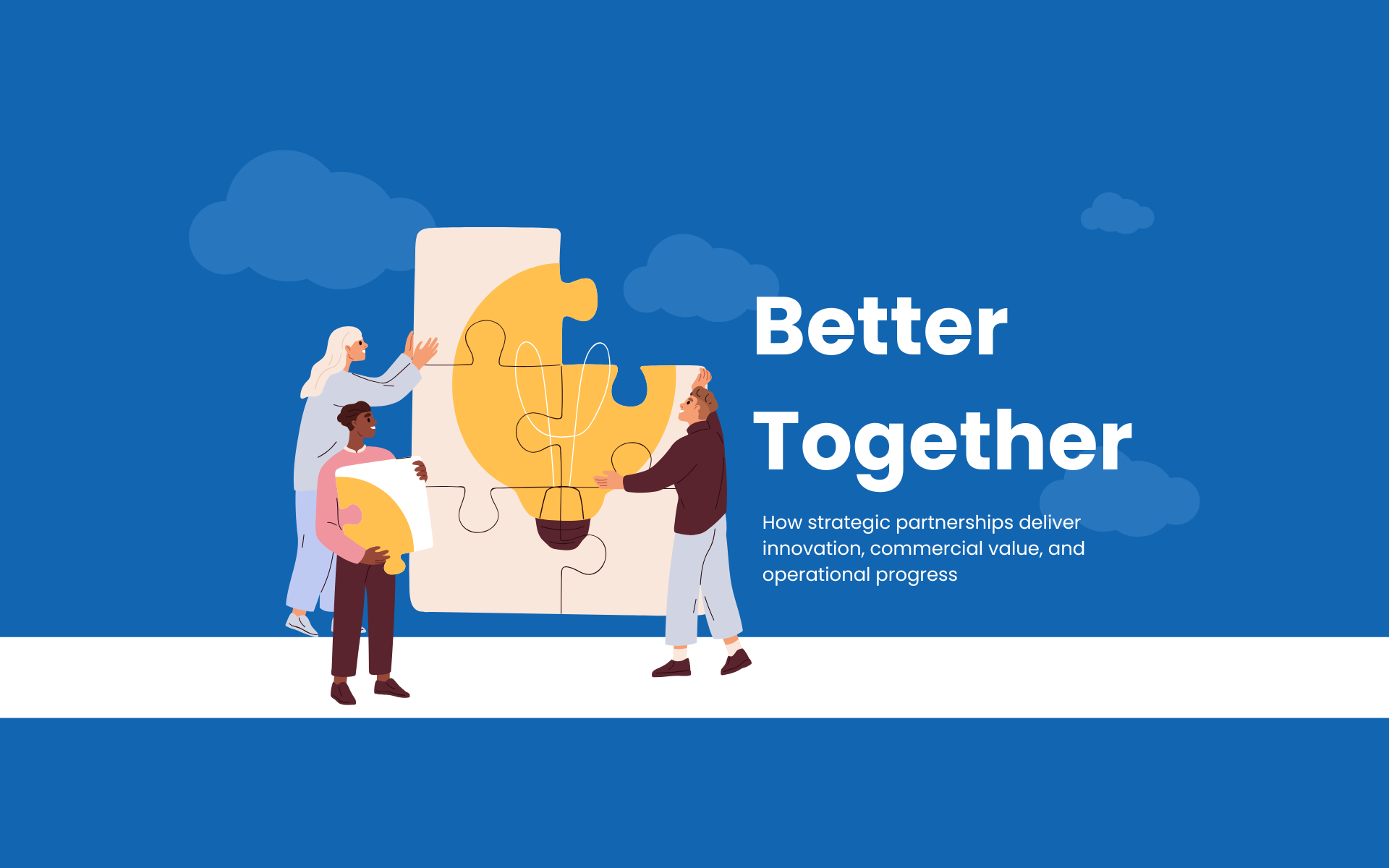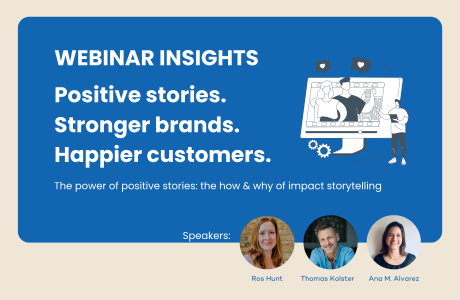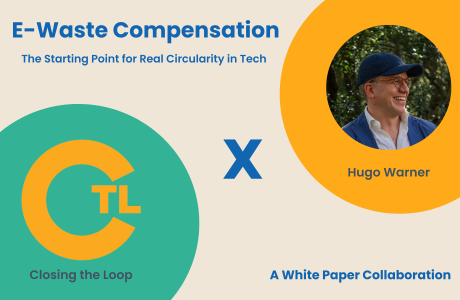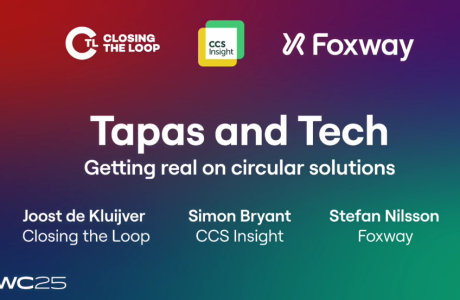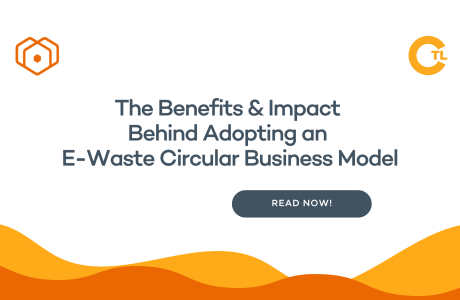Most companies talk about sustainability like it’s a badge. Forward-thinking ones use it as a strategy.
Driving real innovation is never easy and it rarely happens in isolation. In today’s dynamic and interconnected landscape of global development, building strong and diverse strategic partnerships isn’t just helpful; it’s essential to delivering meaningful commercial and operational progress. But what makes a partnership truly strategic?
Partnerships have always been part of Closing the Loop’s DNA. In the years that it has operated, the company has built effective networks that connect public and private actors across continents. Through our own experience, we have learned that when businesses work with a diverse mix of partners, from global brands and NGOs to researchers and public institutions, they generate a unique mix of skills, insights, and resources, which in turn unlock new innovation strategies.
These partnerships go beyond transactional relationships. They combine strategic expertise with practical, real-world knowledge. What makes them effective is that each partner brings both a limitation and a goal — and by working together, they overcome those limitations to reach individual and shared outcomes.
Strategic partners will work with you to co-create solutions that will help you both grow. In the sections that follow, we explore how collaboration has helped us and our partners fuel innovation by:
Creating commercial and brand value
Improving operations and raising the bar across the industry
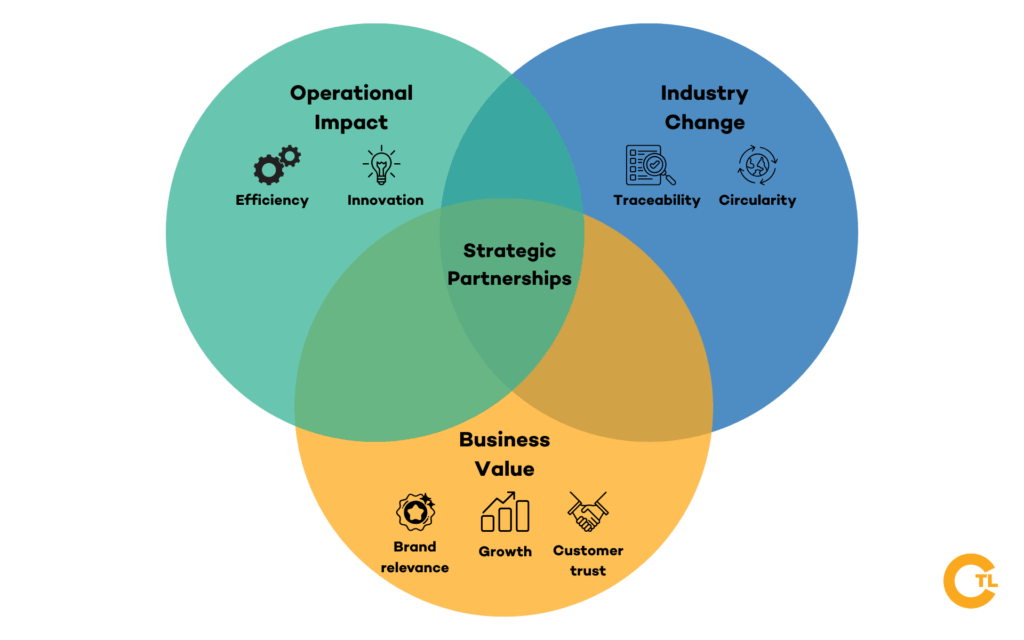
Business Growth:
Leveraging B2B Partnerships to Create Commercial Value
Sustainability is often a side note in business strategy, but when done right, it can become a powerful driver of brand relevance, customer trust, and long-term commercial growth. However, making sustainability tangible is often easier said than done. That’s why the ideal partnership can make all the difference.
Take Vodafone Germany for example. By teaming up with Closing the Loop, the telecom provider successfully integrated a credible, circular service, called
One for One, directly into its customer offering. The result was not just another CSR promise, but real, measurable impact: one scrap phone collected for every new phone sold. Read about it here.
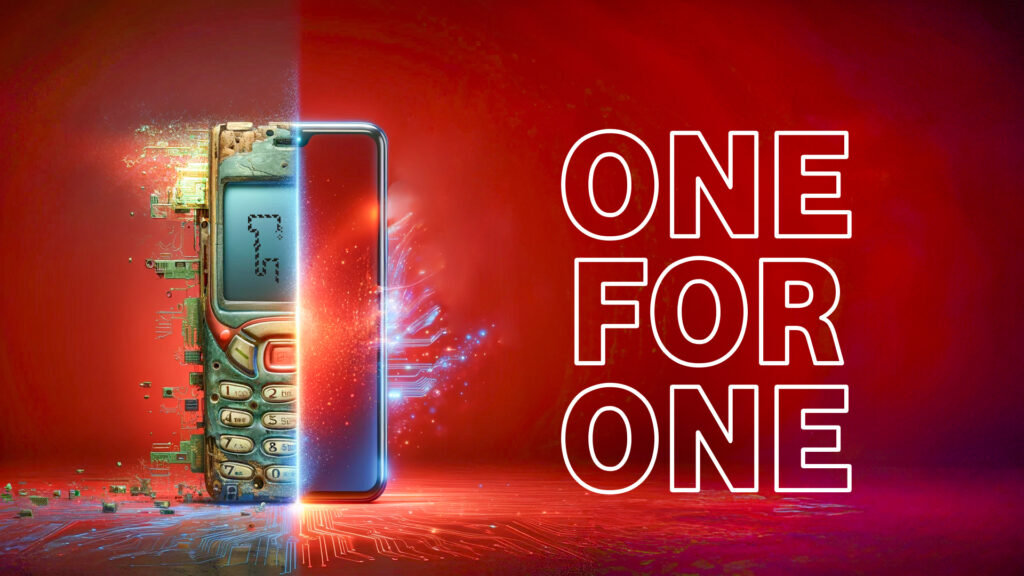
Strategic partnerships are reciprocal. They allow companies to extend their scope without building everything themselves. Each side must bring something valuable, and both should benefit from what the other contributes. In this case, collaboration was based on co-creation.
With Vodafone Germany, Closing the Loop brought a proven circular model and implementation expertise that fit Vodafone’s needs. Vodafone brought scale, visibility, and a large customer base ready to engage. The partnership was a catalyst for Closing the Loop’s growth, allowing the company to operate at a new level of scale. At the same time, it gave Vodafone the chance to tell new stories, boosting its brand and connecting with customers in a fresh and innovative way. Together, they designed a solution that delivered both business and impact benefits, making circularity feel relevant and tangible.
Effective partnerships like this prove that business value doesn’t have to be a byproduct of impact-driven partnerships; it can be a core driver when businesses have a seat at the table from the start. When companies help shape the solution, the result is more relevant, credible, and aligned with their strategy. In this case, Vodafone chose to be an active contributor, not just the passive recipient of a service. That decision made all the difference.
Operational Growth: Turning Ambition Into Practice
Strategic partnerships have the power to do more than just support day-to-day operations. When guided by clear goals, they can reshape how an entire industry works. That is exactly what happened with the ECON project, a pilot within the Prevent Waste Alliance, a network of over 600 organizations focused on tackling global waste challenges.
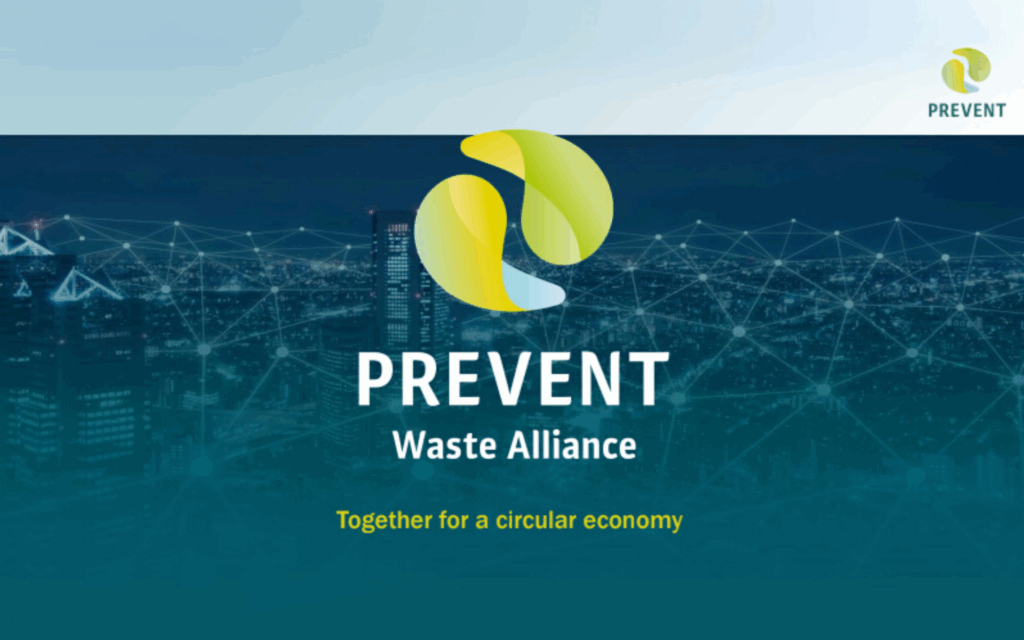
The goal was simple but ambitious: to prove that e-waste compensation is possible for low-value products like flat-screen monitors. These are devices that cost more to recycle than they return in value. Yet, through a partnership with TPV and MMD, producers of Philips-branded monitors, Closing the Loop was able to collect, dismantle, and responsibly recycle a significant number of units. The result showed that this kind of compensation model is not just an idea on paper. It can work in practice. Read more about this project here.
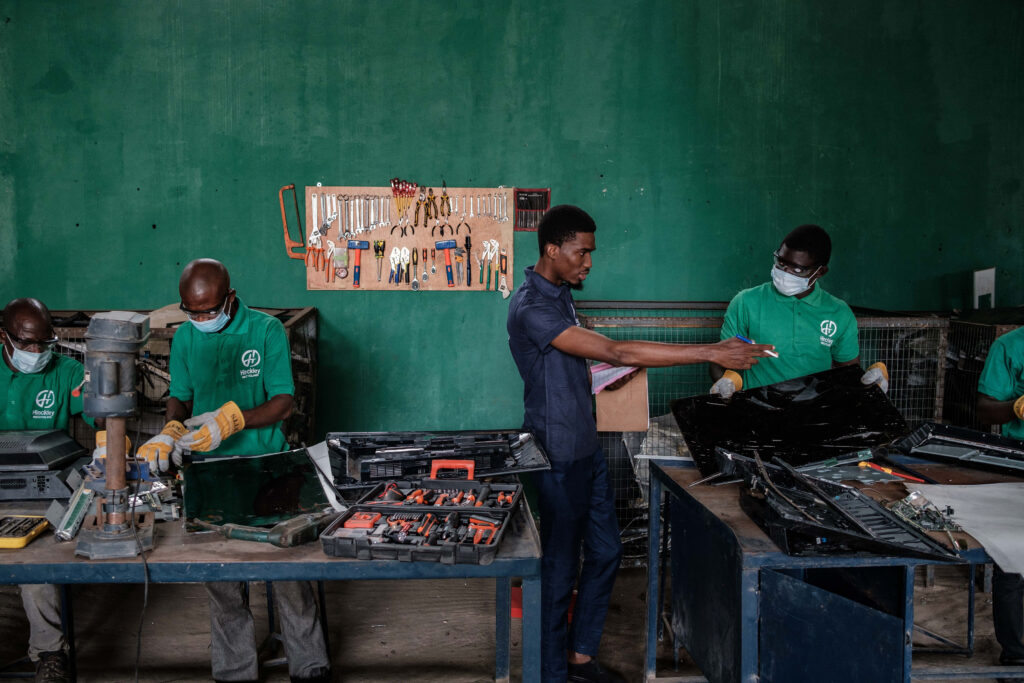
What set this project apart was not only its outcome but also its innovative approach. It was a hands-on collaboration involving businesses, NGOs, public platforms, and research experts like Öko-Institut. Each partner brought something unique, and the shared goal helped make the process efficient and effective.
The impact went even further than the project’s original objective. The project created new partnerships that led to long-term operational improvements in Nigeria. One standout example is the collaboration with global cement company Lafarge. Through the relationships built during the ECON project, hazardous materials from the recycled monitors were safely processed in Lafarge’s high-heat cement kilns. This method was used for the first time for electronics in Africa and marked a meaningful step forward in responsible waste handling.
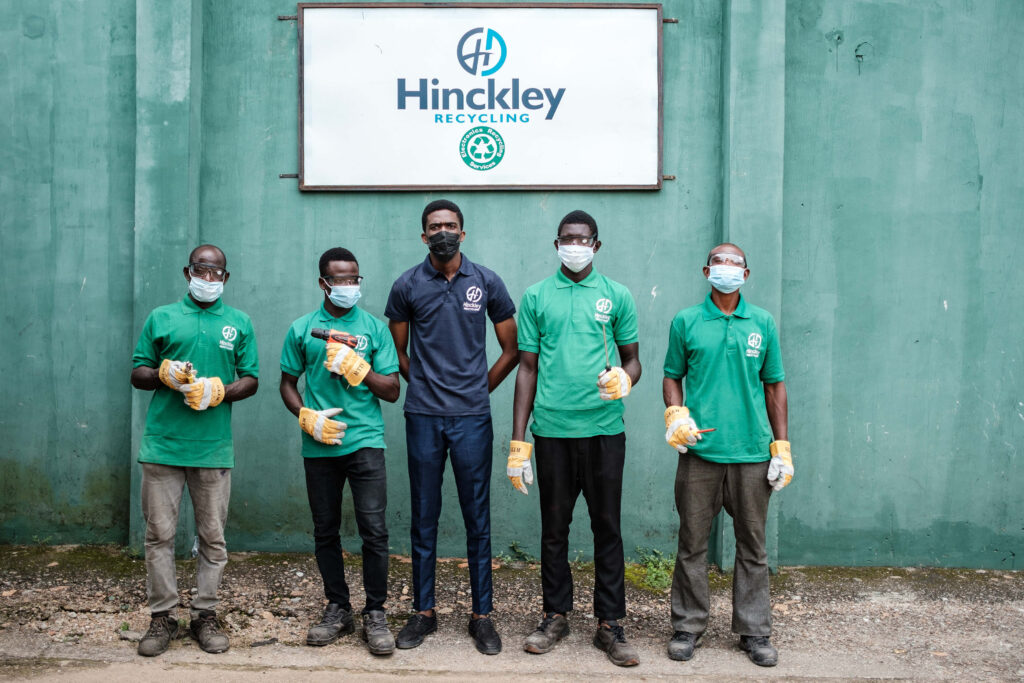
More importantly, the process continues today, showing how a well-executed pilot can lead to lasting, on-the-ground operational improvements —and raise the bar across Africa’s e-waste management sector.
The lesson is clear. When partners bring real value to the table and focus on doing the work, they create results that go far beyond their own operations.
Why Strategic Partnerships Matter
The most effective strategic partnerships are built on shared goals, complementary strengths, and a commitment to real impact. Whether the aim is to drive commercial value, improve operations, or accelerate innovation, collaboration helps organisations move faster, act smarter, and scale what works.
At Closing the Loop, we’ve seen how the right partners don’t just support our mission; they are strategic levers that can unlock progress on multiple levels. As circularity shifts from aspiration to expectation, those who build together will lead the way forward. Because when ambition is shared, progress is too.
